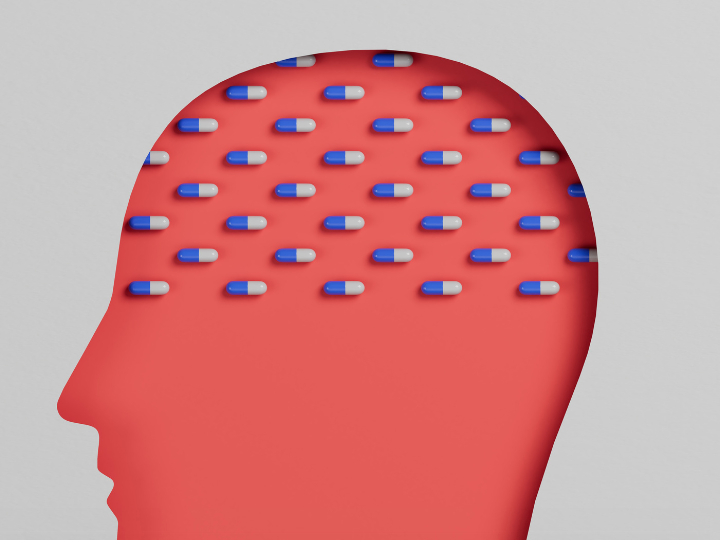Partial Hospitalization Programs (PHPs) play a pivotal role in the continuum of mental health care, offering structured support to individuals who require intensive treatment but do not necessitate 24-hour inpatient care. Central to the effectiveness of these programs is the question, “How long does partial hospitalization last?”
The duration of PHPs holds significant implications for treatment outcomes and patient well-being, shaping the trajectory of recovery. Before delving into the temporal dimensions, it’s imperative to grasp the essence of PHPs and their role in bridging the gap between inpatient and outpatient services.
In this exploration, we delve into the varying durations of PHPs, unraveling their impact on mental health care delivery and the journey to recovery.
Understanding How Long Does Partial Hospitalization Lasts
Purpose and Objectives of PHPs
Partial Hospitalization Programs (PHPs) serve several key purposes and objectives:
1. Providing Intensive Treatment and Support
- PHPs offer structured and intensive treatment for individuals dealing with acute mental health challenges.
- Patients in PHPs receive comprehensive therapeutic interventions, including individual therapy, group therapy, medication management, and skill-building activities.
- The intensity of treatment in PHPs helps address immediate mental health needs and stabilize symptoms, providing a supportive environment for recovery.
2. Bridging the Gap Between Inpatient and Outpatient Care
- PHPs serve as a vital bridge between inpatient and outpatient care settings.
- For individuals transitioning from inpatient care, PHPs offer a step-down level of support that allows for a gradual return to independent living.
- PHPs also provide a higher level of care than traditional outpatient services, making them suitable for individuals who require more support than can be provided in outpatient therapy alone.
Structure and Components of PHPs
Partial Hospitalization Programs (PHPs) are structured environments with various components.
1. Treatment Modalities Offered
- PHPs offer a range of treatment modalities tailored to meet the diverse needs of patients.
- This may include individual therapy sessions with licensed therapists, group therapy sessions focusing on specific topics or themes, medication management overseen by psychiatrists, and psychoeducational classes to enhance coping skills and provide valuable information about mental health.
2. Multidisciplinary Team Involvement
- PHPs involve a multidisciplinary team of mental health professionals, including psychiatrists, psychologists, licensed therapists, nurses, and social workers.
- This team collaborates to develop individualized treatment plans for each patient, incorporating input from various disciplines to address the complex nature of mental health challenges.
3. Daily Schedule and Activities
- PHPs operate on a structured schedule, typically resembling a full-day program similar to a traditional work or school day.
- Patients attend treatment sessions during the day and return home or to a supportive living environment in the evenings.
- The daily schedule may include therapy sessions, group activities, medication management, meals, recreational activities, and opportunities for socialization and peer support.
This comprehensive overview highlights the purpose, structure, and components of Partial Hospitalization Programs (PHPs), shedding light on their role in providing intensive treatment and support for individuals with mental health challenges.
Factors Influencing Duration
1. Individual patient needs
Each patient has unique mental health needs and responds differently to treatment. Factors such as the severity of symptoms, co-occurring disorders, and personal circumstances play a significant role in determining the appropriate length of stay in a PHP. Tailoring the duration of the program to meet individual needs ensures that patients receive the level of support necessary for their recovery journey.
2. Program variability and treatment approaches
PHPs vary in their treatment approaches and program structures. Some programs may offer shorter, more intensive treatment options, while others provide longer-term support with a focus on gradual progress. The specific treatment modalities offered, such as cognitive-behavioral therapy, dialectical behavior therapy, or mindfulness-based interventions, also influence the duration of the program. The flexibility and adaptability of the program to accommodate different treatment approaches and individual preferences contribute to determining the optimal length of stay for each patient.
3. Clinical considerations for determining the length of stay
Clinical considerations, including ongoing assessment and evaluation by mental health professionals, are crucial in determining the appropriate duration of PHPs. Regular monitoring of the patient’s progress, response to treatment, and overall stability help clinicians make informed decisions about the length of stay. Adjustments to the treatment plan may be made based on the patient’s evolving needs and progress, ensuring that the duration of the program remains aligned with therapeutic goals and objectives.
Implications of Duration
The duration of partial hospitalization programs (PHPs) carries significant implications for both treatment effectiveness and patient outcomes:
1. Impact on treatment effectiveness
The length of time a patient spends in a PHP directly affects the effectiveness of their treatment. Research suggests that longer durations of PHPs are associated with better treatment outcomes, including reduced symptoms, improved functioning, and lower rates of relapse. Extended stays allow patients to engage more fully in therapeutic interventions, consolidate coping skills, and address underlying issues contributing to their mental health challenges. By providing sufficient time for comprehensive assessment, intervention, and follow-up support, longer PHP durations maximize the potential for sustained recovery and overall well-being.
2. Patient outcomes and recovery progress
The duration of a PHP influences various aspects of patient outcomes and recovery progress. Patients who participate in longer PHPs often experience greater improvements in their mental health symptoms, social functioning, and overall quality of life. Extended stays in PHPs enable patients to develop and practice adaptive coping strategies, enhance interpersonal skills, and rebuild supportive social networks. Moreover, longer durations of PHPs provide opportunities for ongoing monitoring, adjustment of treatment goals, and seamless transitions to lower levels of care or community-based services. Ultimately, the length of time spent in a PHP significantly shapes the trajectory of a patient’s recovery journey, with longer durations typically associated with more positive and sustainable outcomes.
The Bottom Line
In conclusion, how long does Partial Hospitalization Programs (PHPs) last? It is a critical factor in mental health care, directly impacting treatment effectiveness and patient outcomes. By understanding the varying durations of PHPs and their implications, we can better tailor mental health care delivery to meet the individual needs of patients. It’s imperative to consider the duration of PHPs in treatment planning to ensure optimal outcomes and long-term recovery.
If you’re seeking mental health support, explore PHPs as a comprehensive treatment option. Contact Relevance Recovery to learn more about PHP durations and how we can support your recovery journey. Seeking help is a brave step toward healing and well-being.









